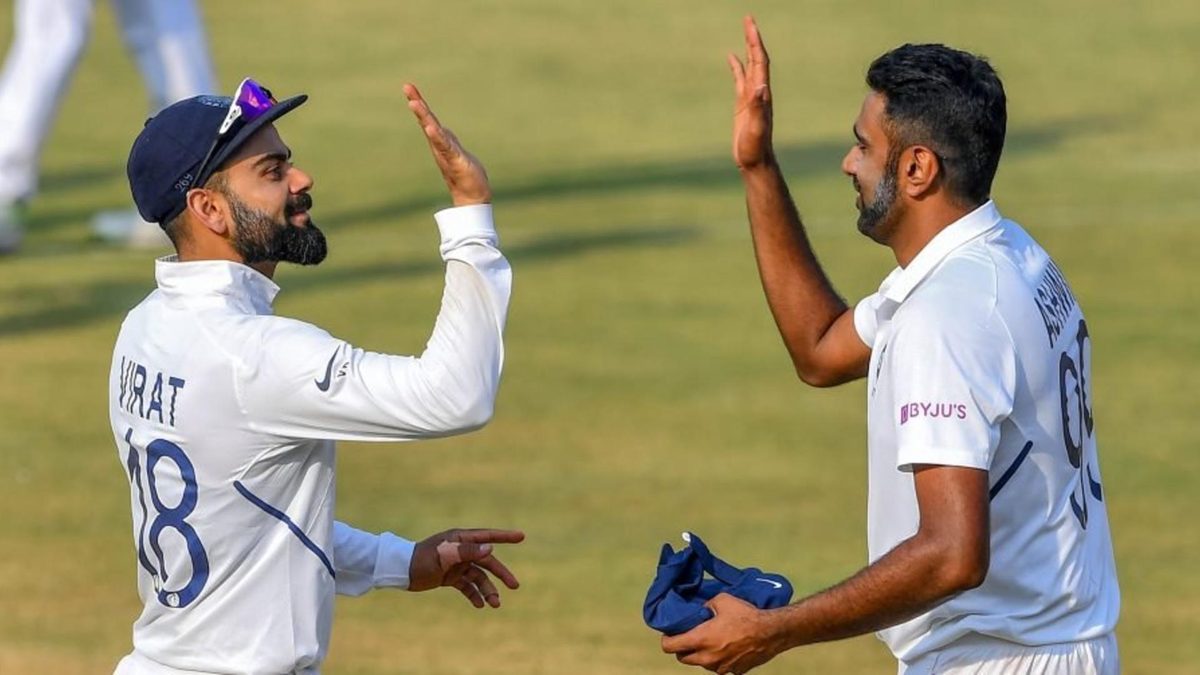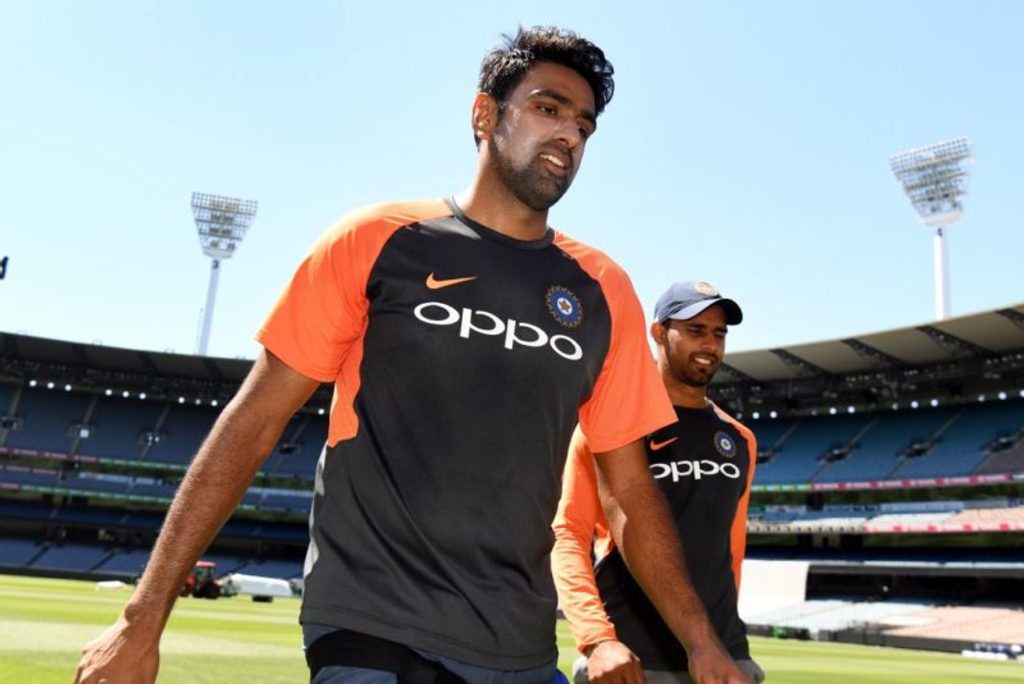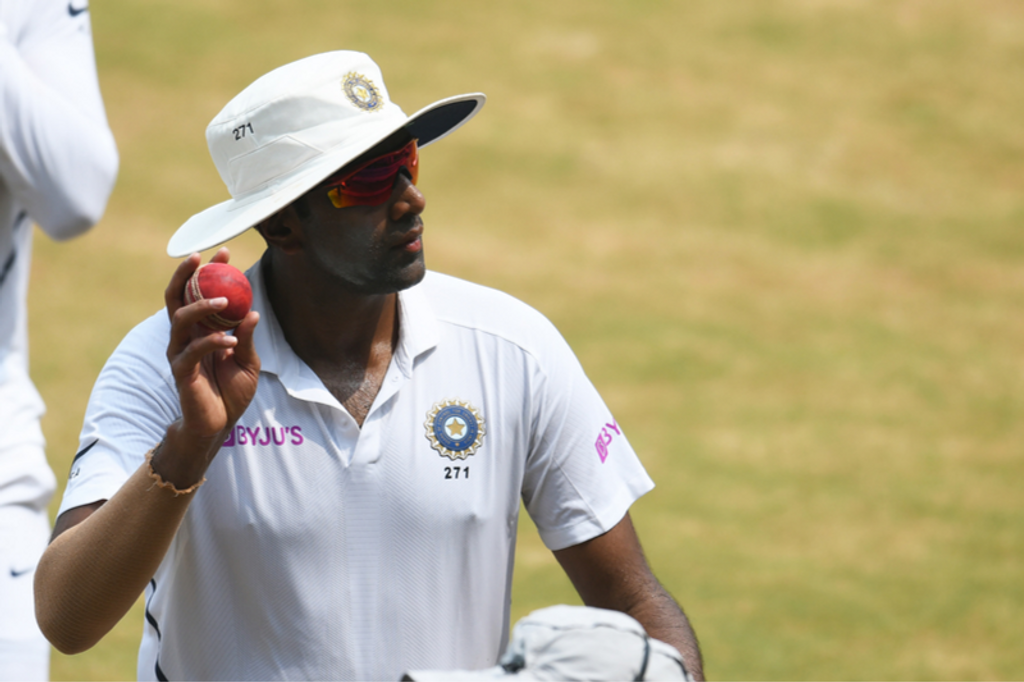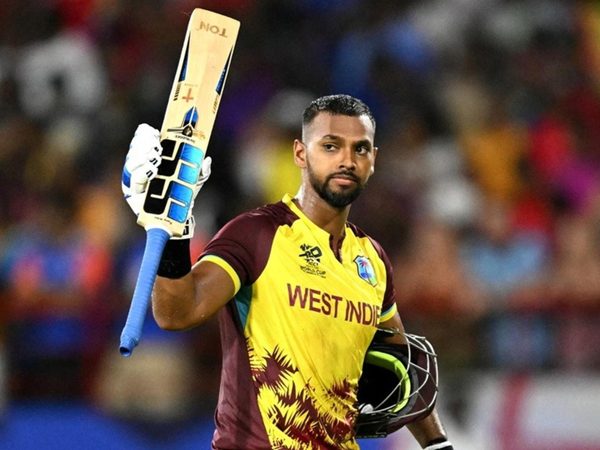
From being Virat Kohli’s go-to bowler, R Ashwin has fallen behind not only a fire-breathing pace unit, but also a much-improved Ravindra Jadeja. Akshay Gopalakrishnan looks at his place in the side.
Since the turn of the century, three of the top five series aggregates for an Indian fast bowler at home have come under Virat Kohli. It’s yet another fact that speaks volumes of the strides that India have taken as a fast-bowling nation under their 32nd Test captain.
Since January 2018, India’s fast bowlers have sent down 60.54 per cent of all balls bowled by the team; the corresponding figure for the period preceding that is 38.25. It’s a far, far cry from ’60s and ’70s India, when a fast bowler was played just for the sake of it.
No doubt, a large proportion of the time period under discussion was taken up by an overseas cycle, featuring tours of South Africa, England and Australia. But that India’s fast bowlers have become a serious force to reckon with is illustrated by the fact that in their most recent home series, against South Africa, the trio of Mohammed Shami, Umesh Yadav and Ishant Sharma accounted for close to 45 per cent of the wickets their bowlers took. This, despite having sent down less than a third of the total overs.
Mohammed Shami: master of the second innings.
Here's @ojerson8 on a man in top form. https://t.co/CPtjZO096M
— Wisden (@WisdenCricket) November 19, 2019
These are unprecedented developments. To put things in perspective, the last time South Africa visited India, in 2015/16, spinners claimed over 88 per cent of all the wickets taken by the home team bowlers. R Ashwin had been front and center of that charge, running circles around South Africa’s batsmen en route to 31 wickets in four Tests, at an average of 11.12. In a stunning turn of events, it is he who has been hit the hardest by this fast bowling revolution.
For long considered India’s go-to bowler at home, Ashwin is now fighting for relevance in the world’s No.1 team. That’s not to say that he isn’t as effective anymore – he was still India’s top wicket-taker in that South Africa series, with 15 scalps in three Tests – but Kohli has certainly shed a lot of his dependence on his ace spinner.
And if the fast-bowling surge weren’t enough, Ashwin is also increasingly having to contend with a far more potent Ravindra Jadeja, whose much-improved batting has exponentially shot up his red-ball utility, so much that he is being sent ahead of Hanuma Vihari, who has a first-class average touching 60, Wriddhiman Saha and Ashwin himself (he has four Test centuries as against Jadeja’s one).
Since the start of last year, Jadeja has averaged 59.63 with the bat. That’s a gulf of close to 25 runs from his overall career average. Six of his 14 half-centuries, and his only Test century, have come in this period. Meanwhile, Ashwin’s own batting returns have quietly faded away, with his average of 20.06 significantly lower than his career average of 28.97, and not a single half-century in 19 innings.
 Where is Ashwin in Kohli’s pecking order?
Where is Ashwin in Kohli’s pecking order?
What does all this mean, though? Ashwin is far from a spent force, that much is certain. At 33, he still has several years ahead of him as a Test cricketer, form and fitness permitting. However, it does raise questions about the immediate future. Including the pink-ball Test against Bangladesh, which starts on Friday, November 22, India are slated to play just three more Tests until next year’s T20 World Cup in Australia.
Here’s the catch, though: two of those three Tests are in New Zealand. While Ashwin doubtless remains an integral part of the Test team in subcontinental conditions, the same can’t be said for Tests outside of that region – he didn’t play in either of the two Tests in the West Indies in August-September. How will he fit into India’s XI in New Zealand? Or will he fit in at all?
Ashwin’s record across South Africa, England and Australia in the 2018/19 season weren’t bad by any stretch of the imagination. Seven Tests fetched a return of 24 wickets, and that is despite battling through injuries in England and Australia, and being in and out of the side as a consequence of a horses-for-courses selection policy and Kohli’s preference for four seamers in away conditions. In fact, Ashwin’s average of 30.16 during this time was marginally better than that of Jadeja (32.71), although Jadeja took 4.6 balls fewer per wicket.
But it is here that Jadeja’s batting may put him ahead in the race, because the team management is unlikely to compromise on batting depth in conditions where the top order will be put under immense scrutiny. And even he isn’t assured of a place in the XI, as India may well be tempted to go with a seam-bowling allrounder in Hardik Pandya and use Vihari’s part-time off-breaks on the spin front.
Assuming he doesn’t get picked for the New Zealand Tests – and the probability of him playing the T20 World Cup is even slimmer despite declarations of being “no white-ball slouch” – that leaves Ashwin without international commitments for at least a year, with India taking a break in the World Test Championship cycle until after the showcase T20 event in Australia.
 Ashwin’s overall bowling average of 25.31 changes to a more unimpressive 31.39 in away Tests
Ashwin’s overall bowling average of 25.31 changes to a more unimpressive 31.39 in away Tests
It’s an opportunity to go back to domestic cricket and reinvent himself. The Ranji Trophy starts in less than a month from now, and the time is ripe for Ashwin to play most – if not a full season – of India’s premier first-class competition. Perhaps throw in a bit of County Cricket once he’s done with the Indian Premier League – he’s already done that this season, when he turned out for Nottinghamshire in the second half of Division One, and finished as their second-highest wicket-taker for the season, with 34 wickets in five matches, just one short of Luke Fletcher, who played seven games more than Ashwin did.
It’s still unfathomable that a man with 362 wickets in 69 Tests isn’t an automatic lock for every Test India play, but such are the demands of being a part of a steamrolling Test outfit that is single-minded in its pursuit of being a world-beater. After all, India’s bowlers under Kohli average 25.69 per wicket. That is almost 10 runs less than they did under their next most successful captain, MS Dhoni, and over eight less than they have across their history.
To further demonstrate how much Ashwin’s dominance has faded, he hasn’t won a single Player of the Match award in Tests since 2016, when he picked up three such accolades. It was also the year when he was named Player of the Series on two occasions, and those too haven’t come about thereafter. But if there is one thing Ashwin has demonstrated over the years, it’s that he is perennially up for a challenge. And for a bowler who has constantly innovated and added new tricks and skills to his repertoire, his biggest reincarnation may be yet to come.








